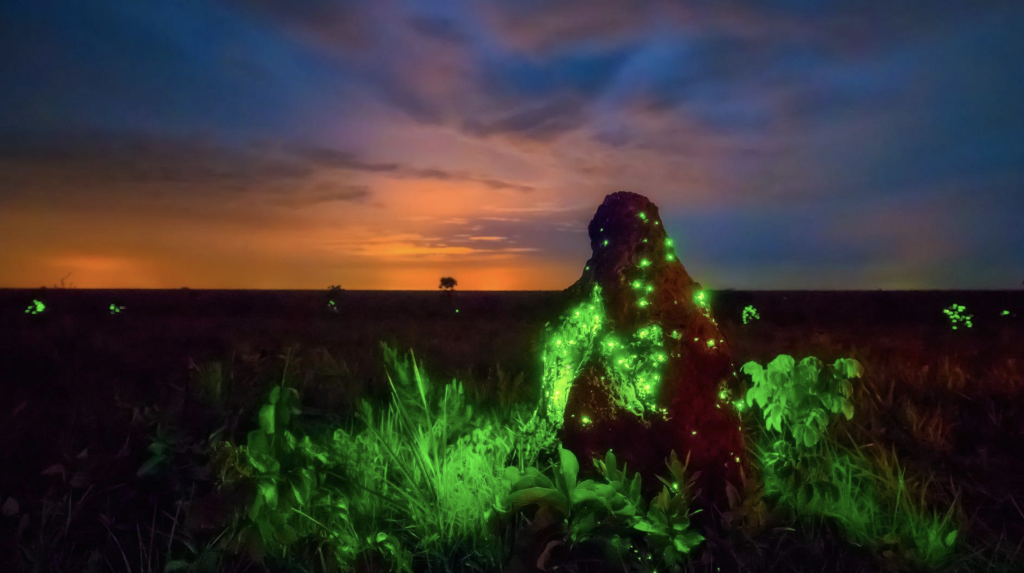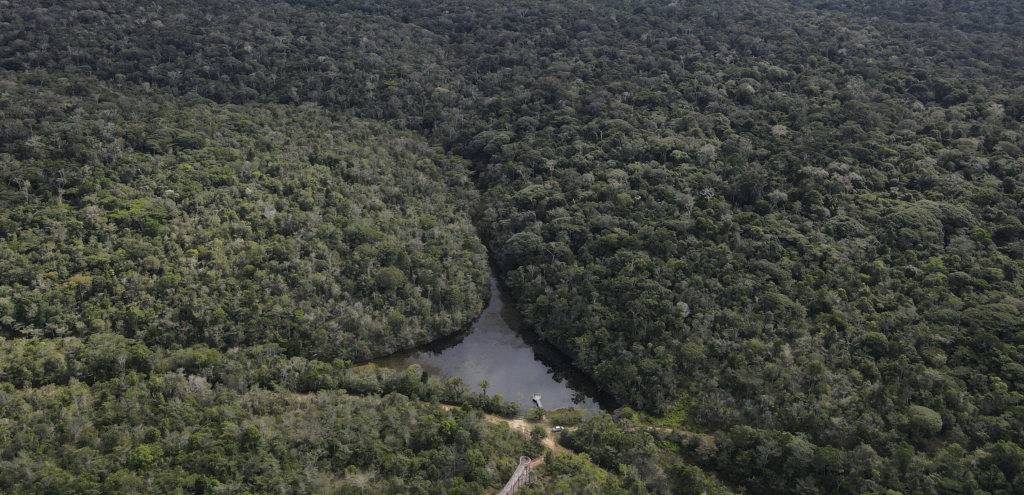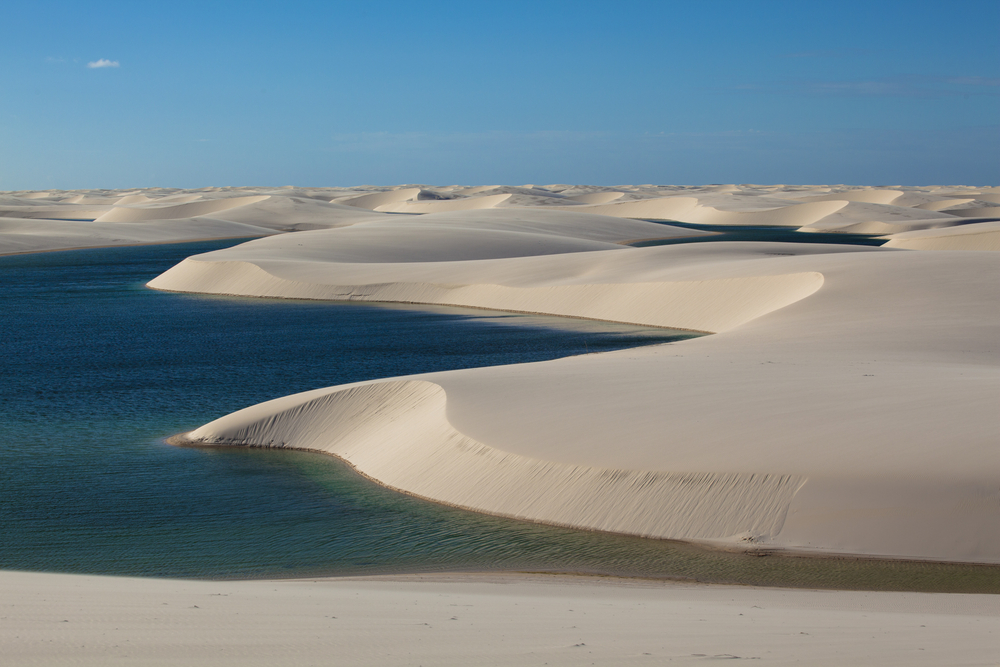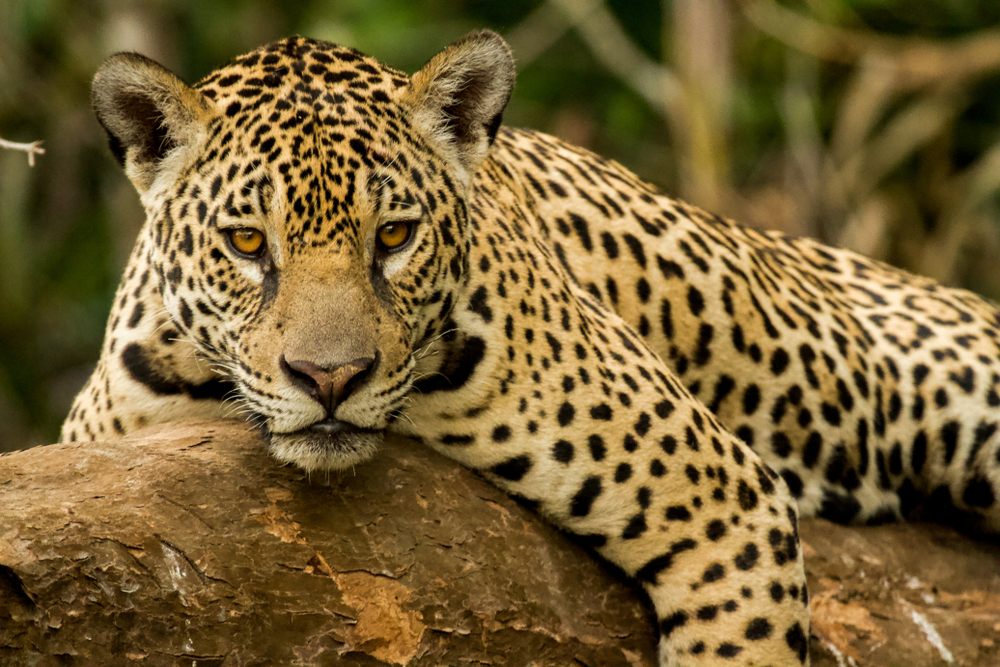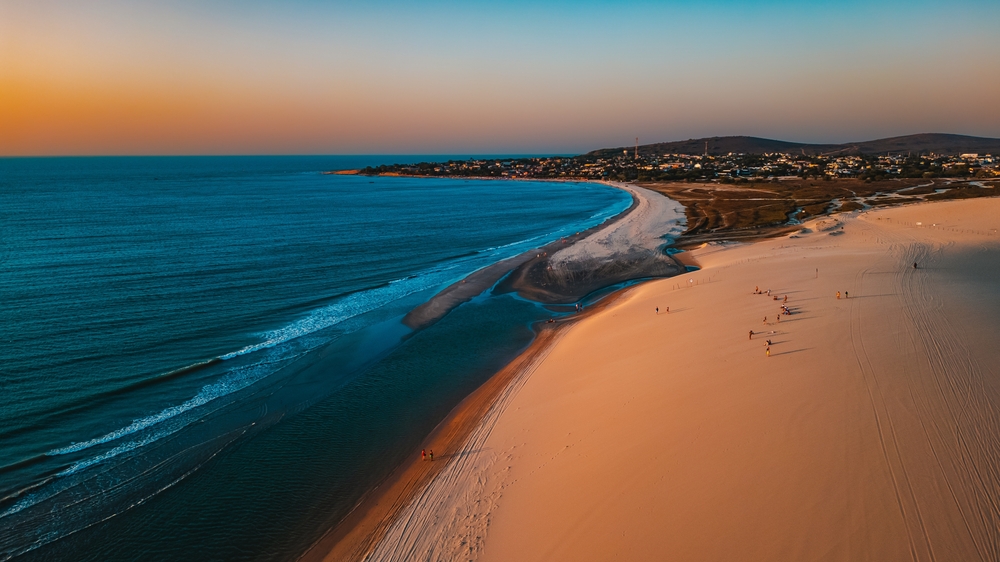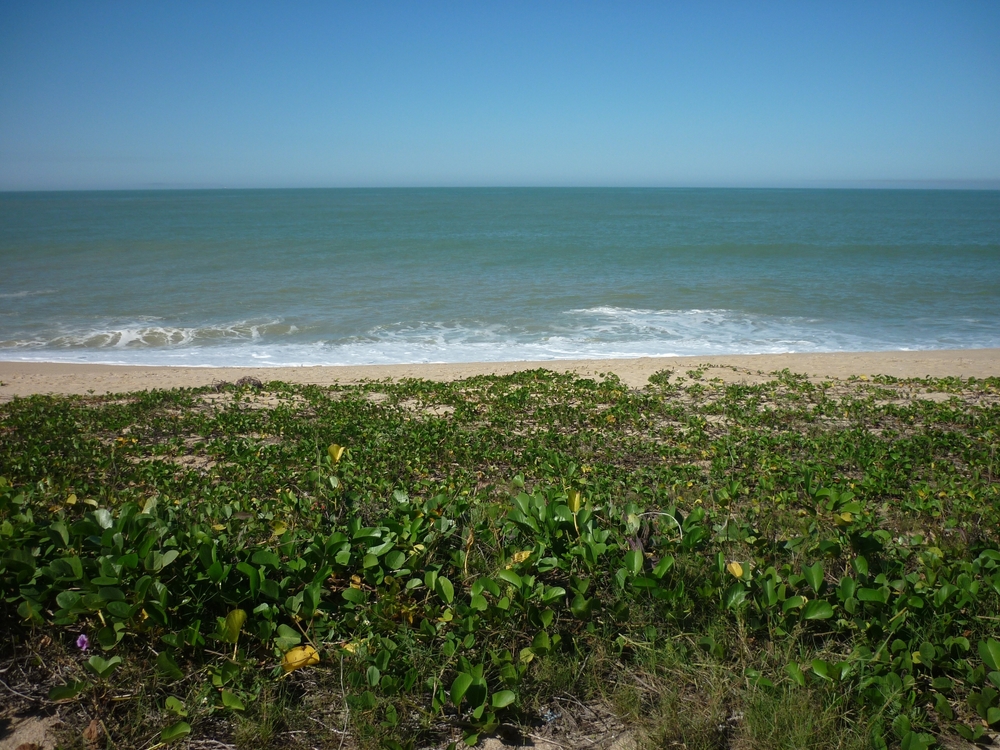Mapinguari Overview
Mapinguari National Park, or Parque Nacional do Mapinguari in Portuguese, is a vast and ecologically rich protected area located in the western Brazilian Amazon. Spanning approximately 5,707 square miles (14,784 square kilometers), it stretches across parts of the states of Rondônia and Amazonas.
The park was established to safeguard the unique biodiversity and cultural heritage of this remote region. Nestled within the heart of the Amazon Basin, Mapinguari is one of the most pristine rainforest environments left on the planet. Its name is derived from local mythology—Mapinguari is a legendary forest creature said to inhabit the Amazon, symbolizing the mystery and allure of the area.
The terrain of Mapinguari National Park is defined by its lowland rainforest interspersed with hilly landscapes and meandering rivers. It features dense, tropical vegetation composed mainly of evergreen broadleaf trees, lianas, and epiphytes.
This lush forest canopy is layered and teeming with life, with intermittent clearings caused by seasonal floods or natural treefalls. Notable geographic features include the Rio Cautário and Rio Madeira, two significant rivers that provide lifelines for the ecosystem and routes for aquatic life.
While there are no towering mountain peaks, the park contains undulating highlands known as the Serra dos Três Irmãos, which provide unique microhabitats and panoramic views of the forest expanse.
Wildlife sightings in Mapinguari can be astonishing due to the park’s isolation and biological diversity. Key mammal species include the giant anteater, jaguar, South American tapir, ocelot, and the threatened giant armadillo.
The Amazon river dolphin may be seen in the park’s waterways, and primate species such as the red howler monkey and white-fronted capuchin populate the treetops. Birdwatchers are particularly drawn to the park for its rich avifauna, including the harpy eagle, scarlet macaw, and the endemic white-browed guan. The dense forest, paired with the lack of large-scale human development, allows these species to thrive in their natural habitats.
Popular features of the park include its network of rivers and oxbow lakes, which offer excellent opportunities for canoeing and wildlife observation. While the park remains relatively undeveloped compared to other Brazilian parks, this lack of infrastructure is considered by many to be part of its appeal.
It provides a truly immersive and undisturbed experience of the Amazon rainforest. Visitors often access the park through organized expeditions, scientific research missions, or guided eco-tours from nearby towns such as Lábrea.
Mapinguari National Park offers several ways for visitors to engage with its landscape. Guided river excursions, wildlife tracking, and birdwatching are some of the most popular activities. Due to its remoteness, access is generally limited to those with a strong interest in nature and conservation, making every visit a deeply personal and often transformative experience.
The park faces conservation challenges, including illegal logging, mining threats, and encroachment from agriculture, especially along its borders. However, its designation as a national park has provided a legal framework for protection and enforcement.
Partnerships with indigenous communities and environmental NGOs have led to improvements in surveillance and conservation awareness. Continued success will depend on sustainable management practices and ongoing government support to ensure the long-term health of this critical part of the Amazon.












































































